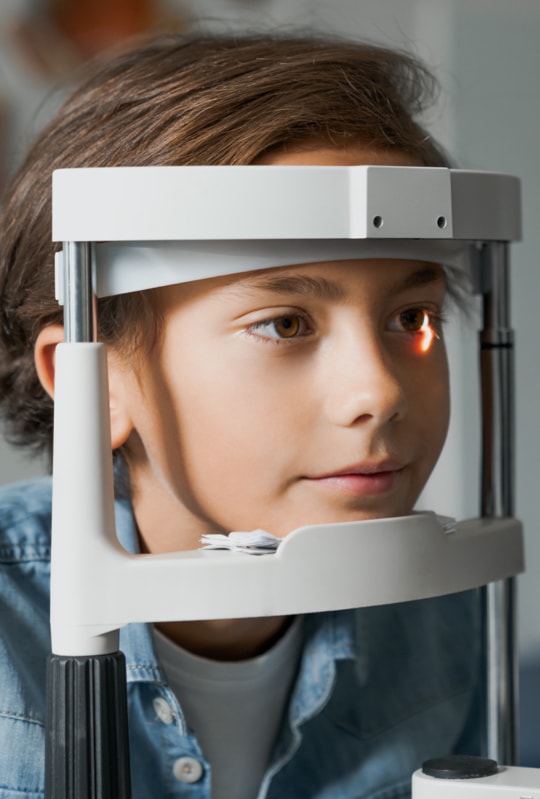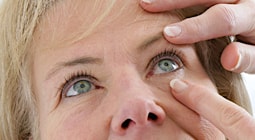Strabismus is an inability for the eyes to maintain alignment in the same direction simultaneously. Strabismus affects about 4% of children.
When one or both eyes turn in or out (esotropia and exotropia, respectively), symptoms such as headaches and blurred vision may occur. Hypertropia, also known as vertical misalignment, is much more difficult to pick up. It often manifests as blurred vision, headaches, and changes in reading speed and comprehension.
Children will often start using their fingers or another object to help guide them (or prevent them) from losing their place as they read.
The treatment for strabismus depends on the type and severity of the condition. It may include special prismatic glasses, surgery, or vision therapy.
















